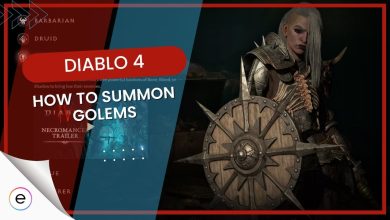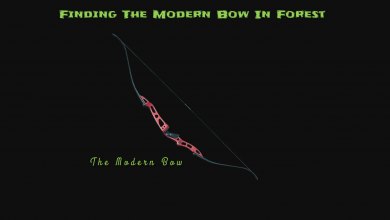Story Highlights
- Time Takers uses Time Energy as the central mechanic for survival and team play.
- Mistil Games defines the genre as “Time Survival,” distinct from shooters or battle royales.
- We interviewed YongMin Jo, Producer of Time Takers, via email.
Time Takers is an upcoming free-to-play shooter that places the concept of time at the very core of its design. Developed in Unreal Engine 5, the title aims to stand out in a crowded genre by introducing mechanics built around Time Energy, a resource that adds more competition and strategy.
The game takes the “time” theme a step further by introducing characters and maps inspired by various eras and settings. We spoke with YongMin Jo, CEO of Mistil Games and Producer of Time Takers, to go more into detail about the creative vision behind such mechanics, and what more we can expect from the title in the future.
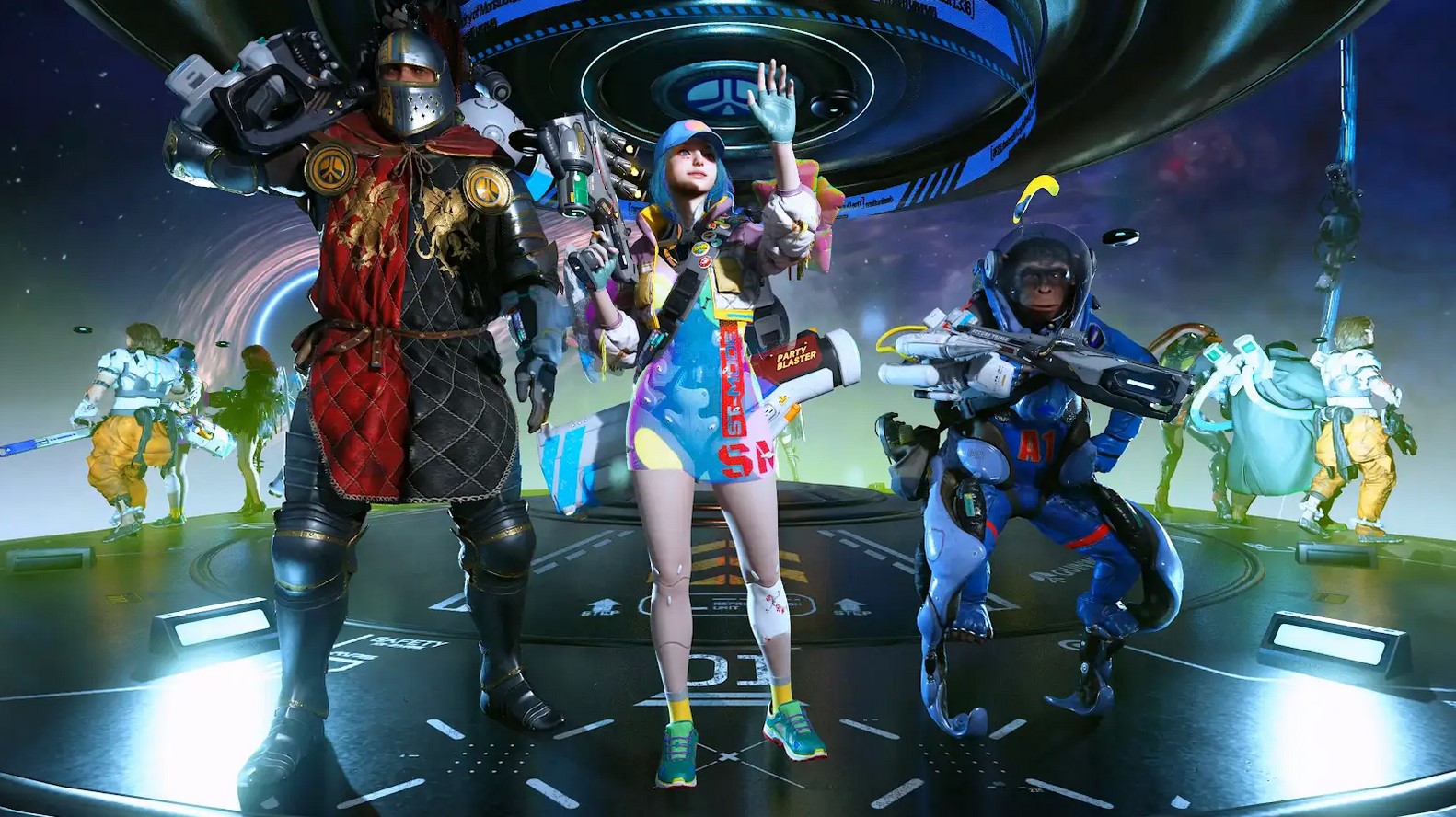
In our game, survival isn’t simply about enduring as long as possible. We see it as an element that creates a new kind of excitement and sets our title apart from others. In Time Takers, the time you have left doesn’t just act as a vague looming threat — it’s presented in intuitive numbers, making its impact directly tangible to players.
With this, players encounter a variety of choices throughout the game. When you possess a lot of time, you may actually feel the pressure of having more to lose. Focusing too much on collecting time might cause players to fall behind in character or team growth, leading to defeat in battle. On the contrary, some players might instead use their time early on to maximize their growth and secure a strategic edge.
All of these decisions are directly tied to “time” as a resource, making the progression feel less like a simple increase in character stats and more like a form of tense, strategic leverage.
At first, this system might feel a little overwhelming, but over time, time gradually turns into a sense of ‘desire.’ We see it as a unique aspect of the game’s fun that players won’t find elsewhere. Players earn experience points for leveling up and coins for the in-game shop, and this design amplifies the satisfaction of growth, naturally guiding players’ emotions into the realm of ambition
In team-based games where there’s no clear objective, it usually makes sense for the team to stick together. But in a game with multiple objectives, simply deciding to move as a unit isn’t always easy. That’s exactly why we created the Link system, which connects the team members.
Once implemented, it turned out to be more than just a solution to that problem — it became an element that affects a variety of interesting decisions. For example, when linked, players can spread out to collect different time energy units and maximize the total time gained. They can also request time-energy transfers from allies or send their own to preemptively save a teammate from being lost.
Of course, because the Link system only works at close range, it can feel restrictive for players who prefer long-range sniping. To address this, we introduced features like Link Relay, which allows players to send, receive, or route time energy to each other even while moving separately, along with other complementary mechanics.
Ultimately, the Link system offers a range of advantages while not being mandatory, acting as a mechanism that deepens the game’s strategic layer by enabling players to make their own choices freely.
The most difficult challenge in this process was that when some players used up their time resources too aggressively, matches could end far too quickly, which also had a negative effect on their teammates’ experience. This made it necessary to implement several safeguards.
For example, we limit players from investing in growth when their remaining time falls below a certain threshold, adjust time consumption in each phase to lower early eliminations, and give teams that have lost members due to time-outs a chance to stage a comeback.
Though the specifics are complex, the variety of systems we have added has effectively addressed the issue.
In the world of Time Takers, there is a central theme that spans multiple eras: Time Energy and the Chronostones that store it. Every main character has been directly or indirectly affected by Time Energy, and at the brink of death, they are drawn into a rift in time — a place called the “Paradise Motel.”
Although each of these main characters’ stories and eras is different, they are all connected through the single theme of “time,” and the game is designed so that players gradually uncover these connections. We’re also preparing special episodes that explore what happens when characters from different eras meet, as well as “What if?” storylines that ask, “What if this were possible?”
Time is at the heart of our game, so we’re bringing stories from many different eras and civilizations to life. You can even look forward to characters inspired by real historical figures with fascinating stories.
Our maps are set in locations created by massive whirlpools of Time Energy, formed where large-scale loss of life occurred across different eras. While the maps themselves aren’t directly tied to time-based mechanics, each features bosses and gimmicks linked to its story, and some are tied directly to character narratives, enabling players to enjoy the story as they play.
From a level-design perspective, every map also has a distinct identity, allowing players to experiment with different strategies and playstyles.
Our game is very different from traditional character fighters, tactical shooters, or battle royales. By making ‘time’ a core resource for growth, we’ve created mechanics that feel completely fresh and set it apart from anything else in the genre. The fast tempo, short matches, and clear, intuitive tension create an immersive experience that’s hard to find elsewhere.
We have also designed it so players who aren’t expert aimers can rely on strategy and tactics, instead of relying solely on reflexes, making the game accessible and fun for a wide audience. For all these reasons, we’re not simply placing this title within an existing genre — we are calling it a new genre altogether: “Time Survival.”
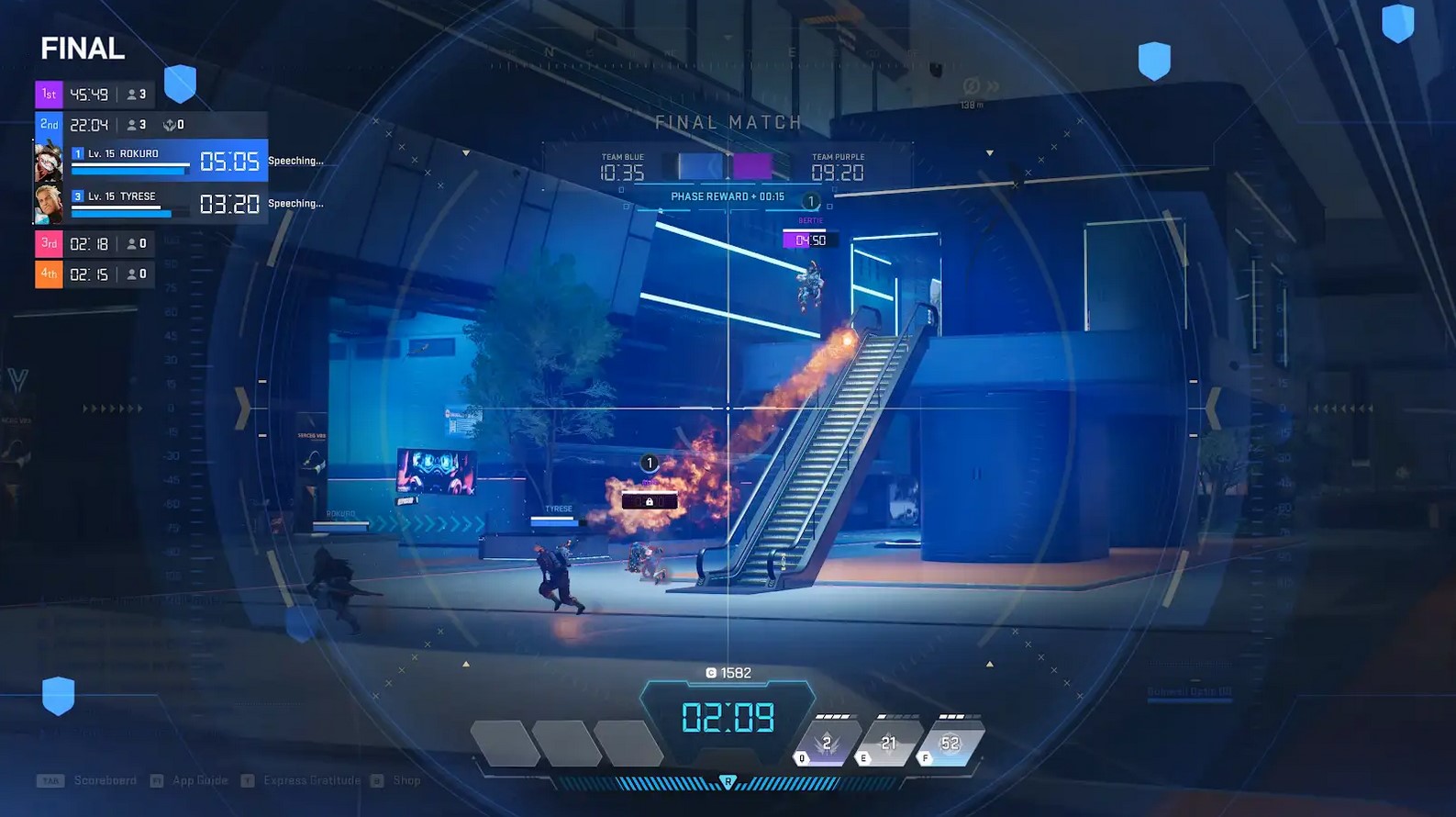
Our monetization philosophy is straightforward: provide ways to enrich the player experience without ever compromising fairness.
Pay-to-Win is simply not part of our plan. From day one, we have intentionally avoided any system that gives paying players an unfair edge or disrupts the balance.
Our monetization model centers on cosmetics that highlight each character’s personality. From outfits and weapon skins to playful emotes during gameplay, these items help players differentiate themselves, showcase individuality, and deepen the sense of immersion beyond simple décor.
The details of our business model are still in the works, but our plan is to keep the model player-friendly, taking into account global trends and actual player preferences. Our ultimate aim is to create an experience that players genuinely enjoy and want to engage with, not simply driving revenue.
The upcoming Steam playtest isn’t the first time we have collected player feedback. From early development, we’ve been conducting Focus Group Tests (FGTs) with recruited players. Rather than adopting feedback simply and directly, it helped us improve the core fun: collecting Time Energy, strategically managing life and growth, and integrating it seamlessly into the shooting experience.
Following our publishing agreement, we collaborated with NCSOFT to run multiple FGTs on a global scale, targeting diverse player pools across genre preferences, ages, and regions. This gave us a broader view to assess and refine the game.
Overall, players have responded very favorably. Many appreciated and highlighted the unique concept of ‘time’ and the intense, speedy immersion of short play sessions. We have taken this feedback to continuously improve UI and UX, enhance accessibility, and polish the core gameplay to make it even more engaging.
Delivering the same visual quality on both consoles and PC is very important to us and to our players. As a new studio, though, we face constraints in time, staff, and budget.
For this reason, we have chosen Unreal Engine 5 and narrowed down to those consoles where the engine’s core features run most reliably. We believe it’s more important to provide a consistent experience than to support a wide variety of hardware right away.
In the future, we hope to expand support to more platforms when feasible.
Using Unreal Engine 5 gives us access to a wide range of development tools, so there’s too much to go into in detail here.
But the main challenge has been that the engine is still relatively new, with limited references, so we had to do a lot of research ourselves. Applying various features for optimization directly to the game has also been tricky. That said, most issues have been resolved, and we expect to achieve solid results before launch.
Our game follows characters who come together at the Paradise Motel to collect Time Energy, each coming from a different background. A central narrative connects all the characters and the world, full of secrets and twists.
We have built a unique system called ‘Memory,’ so as players progress, they gradually unlock these stories and gain a deeper understanding.
Unlike similar games that rely on external web platforms for storytelling, we want players to explore the narrative naturally within the game itself.
Once the game is released, we want to actively engage with players and work closely with them to shape the game. That means not only enhancing the fun of competing, but also designing characters across different eras based on player wishes and expanding existing character backstories. Ultimately, our vision is for this IP to be loved for years to come.
Most importantly, we believe that if the game is genuinely fun, players will naturally love it. Building on that enthusiasm, we intend to keep expanding and evolving the game into something that remains beloved over the long term.
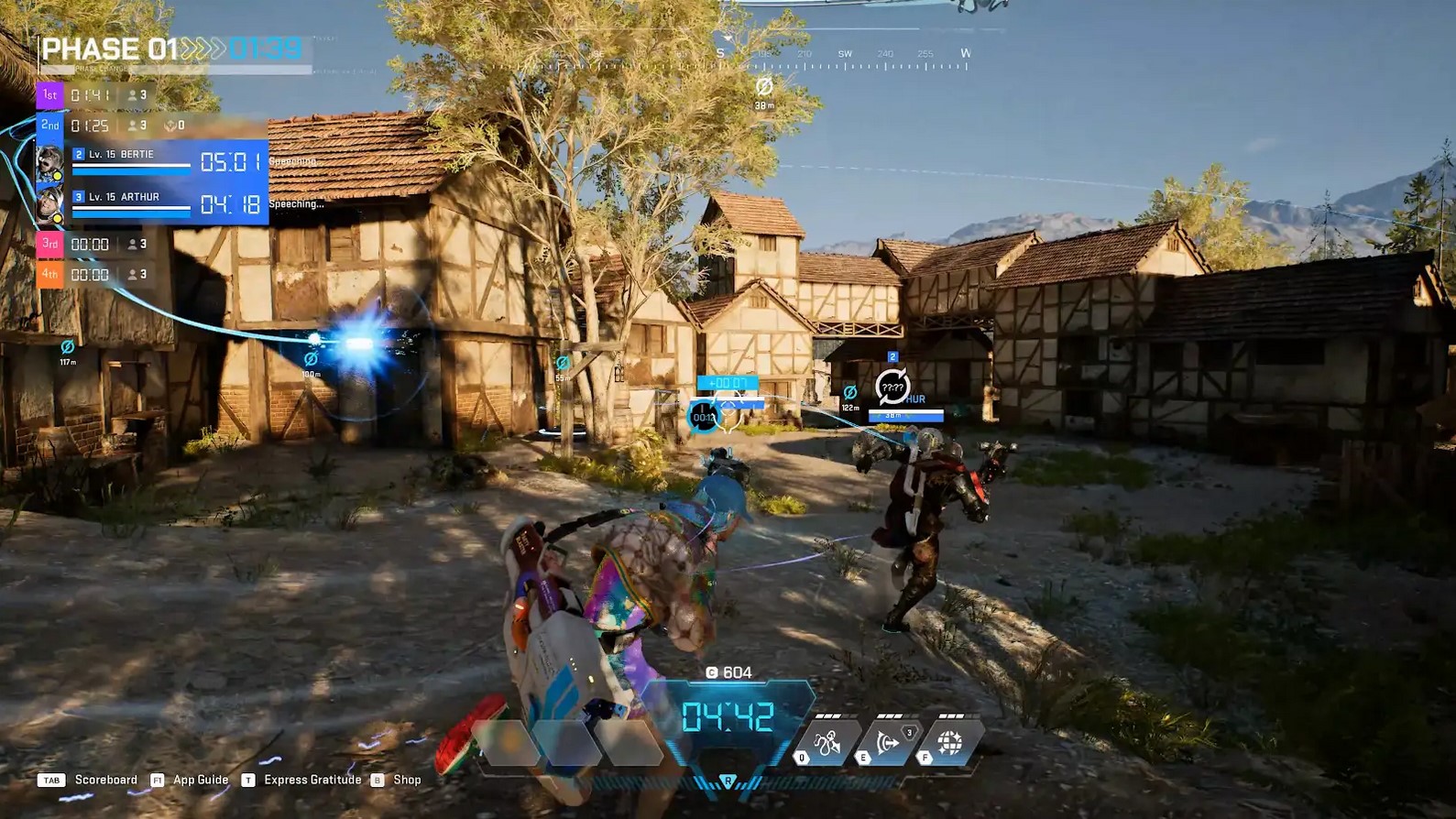
Time Takers is a time survival shooter developed by Mistil Games and published by NCSOFT. The game is currently confirmed for PC via Steam and console platforms, with a release date sometime in 2026. We appreciate YongMin Jo for answering our questions and Danielle Woodyatt for helping us with the interview.
Thanks! Do share your feedback with us. ⚡
How can we make this post better? Your help would be appreciated. ✍


